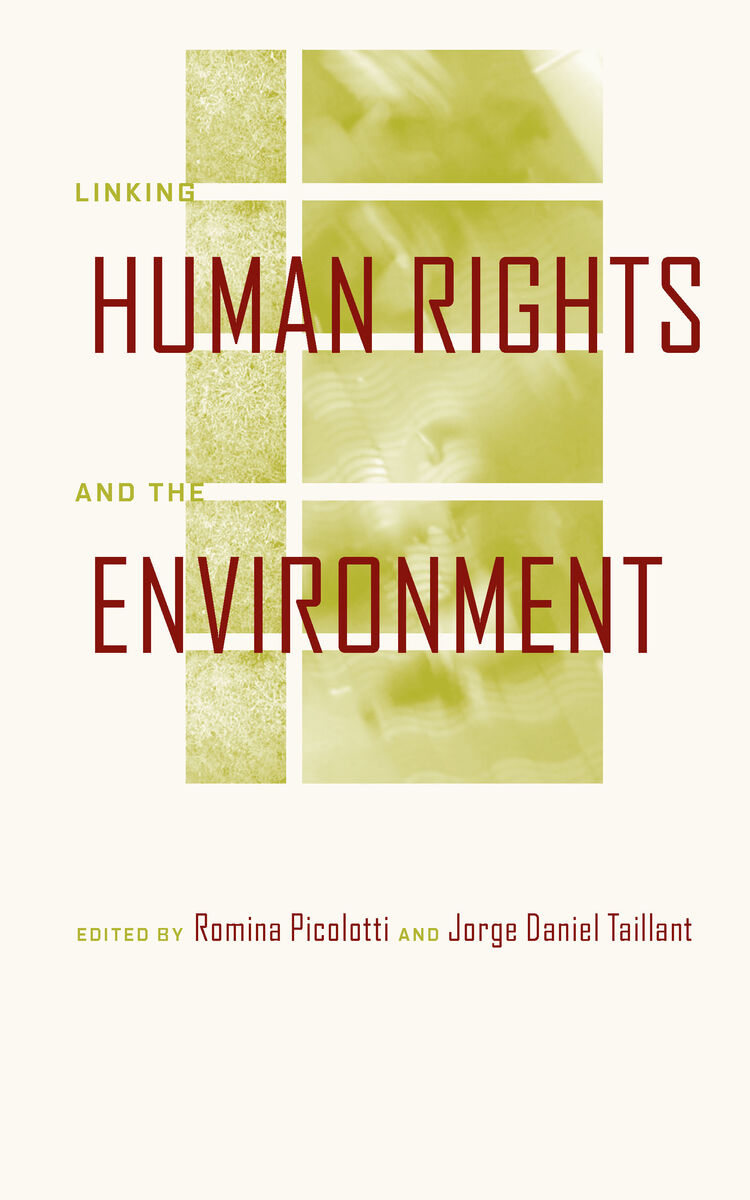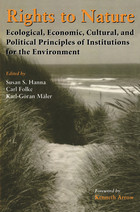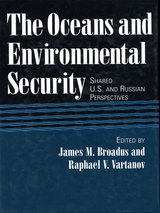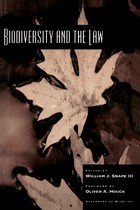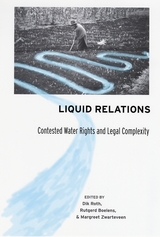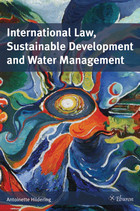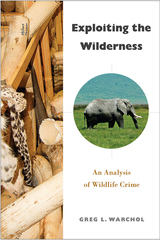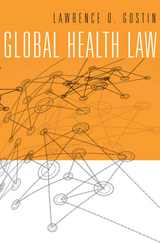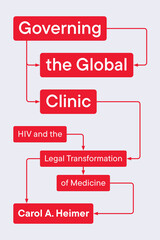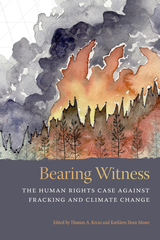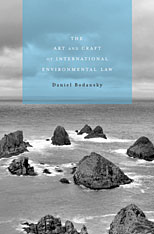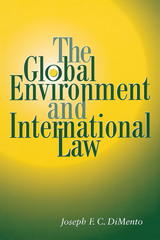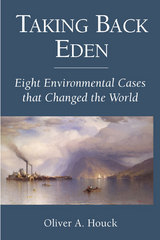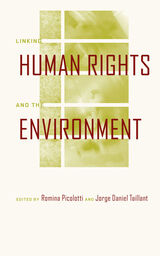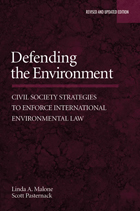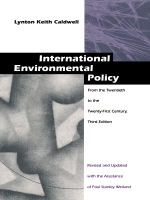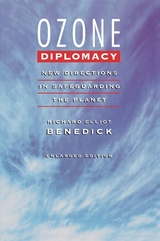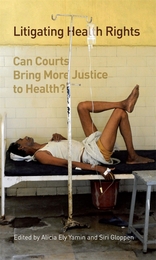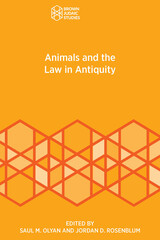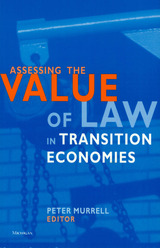Linking Human Rights and the Environment
University of Arizona Press, 2003
Cloth: 978-0-8165-2261-3 | Paper: 978-0-8165-2934-6 | eISBN: 978-0-8165-5135-4 (standard)
Library of Congress Classification K3585.L56 2003
Dewey Decimal Classification 341.762
Cloth: 978-0-8165-2261-3 | Paper: 978-0-8165-2934-6 | eISBN: 978-0-8165-5135-4 (standard)
Library of Congress Classification K3585.L56 2003
Dewey Decimal Classification 341.762
ABOUT THIS BOOK | AUTHOR BIOGRAPHY | REVIEWS | TOC
ABOUT THIS BOOK
All over the world, people are experiencing the effects of ecosystem decline, from water shortages to fish kills to landslides on deforested slopes. The victims of environmental degradation tend to belong to more vulnerable sectors of society—racial and ethnic minorities and the poor—who regularly carry a disproportionate burden of such abuse. Increasingly, many basic human rights are being placed at risk, as the right to health affected by contamination of resources, or the right to property and culture compromised by commercial intrusion into indigenous lands. Despite the evident relationship between environmental degradation and human suffering, human rights violations and environmental degradation have been treated by most organizations and governments as unrelated issues. Just as human rights advocates have tended to place only civil and political rights onto their agendas, environmentalists have tended to focus primarily on natural resource preservation without addressing human impacts of environmental abuse. As a result, victims of environmental degradation are unprotected by the laws and mechanisms established to address human rights abuses. This book brings together contributions from human rights and environmental experts who have devoted much of their work to unifying these two spheres, particularly in the legal arena. It presents a variety of issues and approaches that address human rights and environmental links, demonstrating the growing interrelationship between human rights law and environmental advocacy. Its coverage includes reviews of existing international laws and treaties that establish the rights to a healthy environment, an overview of mechanisms that allow both individuals and groups to seek remedy for abuses, and specific cases that document efforts to seek redress for victims of environmental degradation through existing human rights protection mechanisms. Through examples ranging from water rights to women's rights, this collection offers practical ways in which environmental protection can be approached through human rights instruments. The volume reproduces a legal brief (amicus curiae) filed before an international human rights tribunal making the human rights and environment linkage argument, and includes the subsequent precedent-setting decision handed down by the Inter-American Court on Human Rights recognizing this linkage. Linking Human Rights and Environment is a valuable sourcebook that explores the uncharted territory that lies between environmental and human rights legislation. More than a theoretical treatise, it argues that human rights activism presents a significant opportunity to address the human consequences of environmental degradation and can serve as a catalyst for inspiring ideas and action in the real world.
See other books on: Environment | Environmental Conservation & Protection | Environmental law | Human rights | Nature
See other titles from University of Arizona Press
